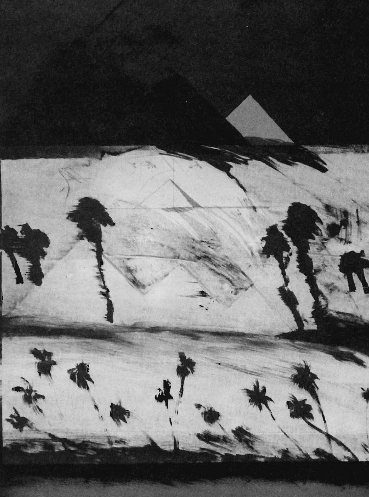Articles/Essays – Volume 19, No. 3
A Survey of Current Dissertations
“Knowledge is a comfortable and necessary retreat and shelter for us in advanced age,” Lord Chesterfield told his son in 1747, but “if we do not plant it while young it will give us no shade when we grow old.” It is clearly evident that a number of emerging Mormon scholars have recently taken this counsel to heart.
Charles Millard Turner’s book length study of Joseph Smith III presents an insightful perspective on Smith’s leadership as the first president of the RLDS Church as well as his life-long crusade against Utah Mormonism. The complex and multiple reasons that led to the establishment and dissolution of the Mormon community of Winter Quarters, Missouri, are detailed by Richard Edmond Bennett.
Music enthusiasts should read Fern Denise Gregory’s descriptive survey, “J. Spencer Cornwall: The Salt Lake Mormon Tabernacle Choir Years, 1935-1957.”
By exploring how the powerful familism found in Mormon doctrine has survived its origins largely intact, Larry Kent Langlois develops some interesting prospects for Mormon families in the future. Marie Cornwall examines the processes by which Mormons develop and maintain their religious beliefs through socialization and continued interaction with others.
Mormonism’s political prowess is ably discussed in Roger Milton Barrus’s examination of the early political development of Utah and in Michael Q. Croft’s evaluation of the Church’s influence on the state’s politics during the past four decades. Charles W. Watson provides a biographical sketch of John Willard Young’s efforts to secure statehood for Deseret in 1887.
Other facets of Utah history are covered by Thomas Robert Carter’s study of folk architecture in the Sanpete Valley, 1850-1890 and by Larry Morgan Logue’s description of the early beliefs and demographic behavior in early St. George. Linda Jeanne Mealey provides an analysis of the relationship between the socio-economic status of early Mormon immigrants and their marital status and fertility; and Cynthia Jane Sturgis details the bureaucratization and social change in Sevier County between 1900 and 1930.


 Back to full Issue
Back to full Issue

